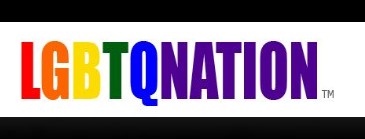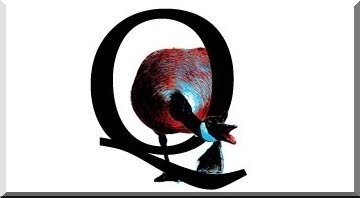 |
| Gary J. Gates |
- An estimated 3.5% of adults in the United States identify as lesbian, gay, or bisexual and an estimated 0.3% of adults are transgender.
- This implies that there are approximately 9 million LGBT Americans, a figure roughly equivalent to the population of New Jersey.
- Among adults who identify as LGB, bisexuals comprise a slight majority (1.8% compared to 1.7% who identify as lesbian or gay).
- Women are substantially more likely than men to identify as bisexual. Bisexuals comprise more than half of the lesbian and bisexual population among women in eight of the nine surveys considered in the brief. Conversely, gay men comprise substantially more than half of gay and bisexual men in seven of the nine surveys.
- Estimates of those who report any lifetime same-sex sexual behavior and any same-sex sexual attraction are substantially higher than estimates of those who identify as LGB. An estimated 19 million Americans (8.2%) report that they have engaged in same-sex sexual behavior and nearly 25.6 million Americans (11%) acknowledge at least some same-sex sexual attraction.
- Understanding the size of the LGBT population is a critical first step to informing a host of public policy and research topics. The surveys highlighted in this report demonstrate the viability of sexual orientation and gender identity questions on large national population-based surveys. Adding these questions to more national, state, and local data sources is critical to developing research that enables a better understanding of the understudied LGBT community.
Estimates of the size of the LGBT community vary for a variety of reasons. These include differences in the definitions of who is included in the LGBT population, differences in survey methods, and a lack of consistent questions asked in a particular survey over time.In measuring sexual orientation, lesbian, gay, and bisexual individuals may be identified strictly based on their self-identity or it may be possible to consider same-sex sexual behavior or sexual attraction. Some surveys (not considered in this brief) also assess household relationships and provide a mechanism of identifying those who are in same-sex relationships. Identity, behavior, attraction, and relationships all capture related dimensions of sexual orientation but none of these measures completely addresses the concept.Defining the transgender population can also be challenging. Definitions of who may be considered part of the transgender community include aspects of both gender identities and varying forms of gender expression or nonconformity. Similar to sexual orientation, one way to measure the transgender community is to simply consider self-identity. Measures of identity could include consideration of terms like transgender, queer, or genderqueer. The latter two identities are used by some to capture aspects of both sexual orientation and gender identity.
The Williams Institute on Sexual Orientation and Gender Identity Law and Public Policy at UCLA School of Law advances law and public policy through rigorous, independent research and scholarship, and disseminates its work through a variety of education programs and media to judges, legislators, lawyers, other policymakers and the public. These studies can be accessed at the Williams Institute website.
The full report is available as a pdf from The Williams Institute here: [ Link ]






















1 comments:
Did we find out just how many people are in self denial from this study?
The instance of homosexuality is not the same as counting those who regard themselves as LGBT.
Maybe we would learn more about the natural occurrence of same sex relations if we studied our close relative, the bonobo monkey. They don't have a religion which tells them it is wrong, and they seem to enjoy each other immensely.
Post a Comment